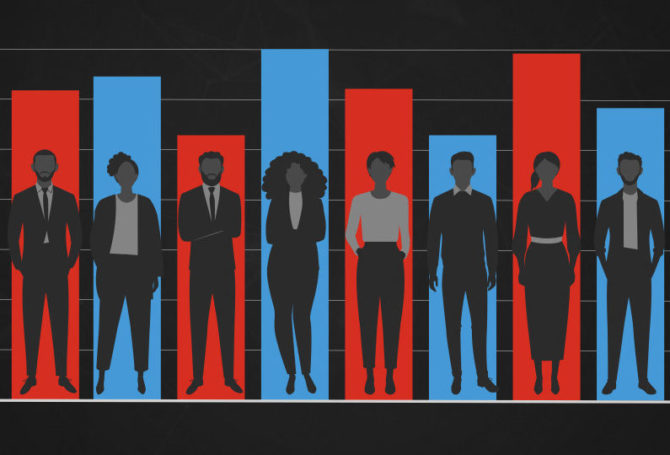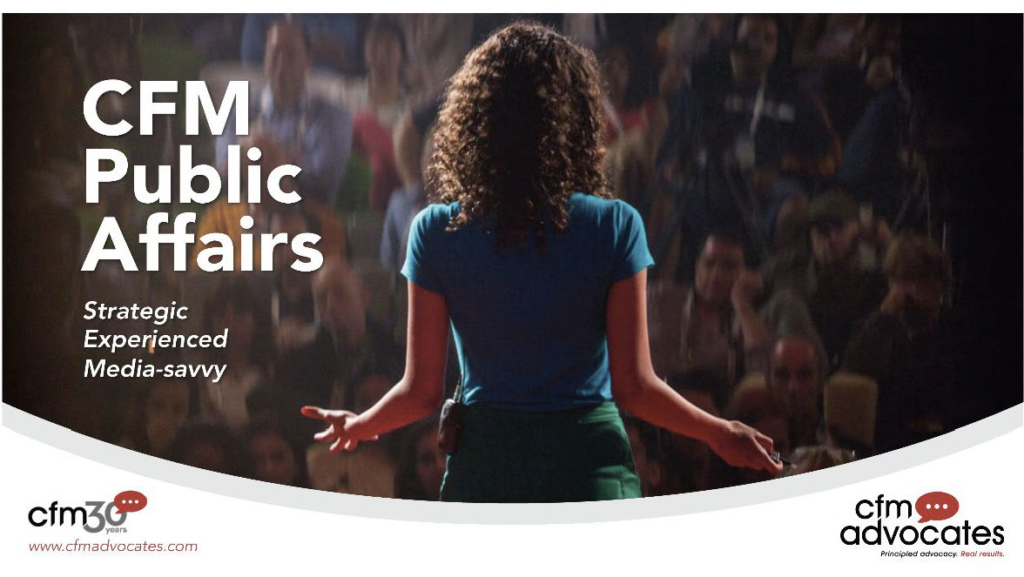
Political polls failed as much in the 2020 election as they did in the 2016 election, breeding further public skepticism and more intense pollster introspection.
Polls should only be viewed as a snapshot in time of an electorate, which can and does change its mind on election day, often to embarrassment of the polling profession.
The “fix” gleaned from 2016 polling failings, which understated Donald Trump’s political appeal, was the failure to weight samples based on level of education. But the 2020 projections, with the benefit of that education-level weighting, were as far off as their 2016 counterparts. The average of national polls placed Joe Biden ahead over Donald Trump by 8 percentage points. Biden’s apparent winning percentage will be closer to 5 percent.
Fivethirtyeight correctly pinpointed Pennsylvania as the presidential election tipping point in 2020, but overestimated Biden’s lead at 5 percent. Biden’s lead with 99 percent of the vote counted is less than 1 percent or around 48,000 votes out of 6.7 million votes cast in the Keystone State. National polls showed Biden ahead in Florida by 1 percentage point. Trump won Florida by 3 percentage points.
Observers said there was too much emphasis in 2016 on national polling at the expense of state-level polling that could assess smaller chunks of the nation in greater detail and more precision. That didn’t pan out either.
Charles Franklin, who directs the Marquette Law School Poll, said 90 percent of state polls accurately predicted the presidential winner, but overestimated Biden’s advantage by 5.8 percentage point. “In 2020, rather than having that error focused in just a handful of states, this year really it looks like it was quite widespread,” Franklin said. “I can’t find any state where the polling error was in Trump’s favor.”
The bogeyman that undermined polls in the 2020 election, pollsters say, was unprecedented turnout, which hit 67 percent of US registered voters. As reflected in the nearly 71 million votes for the president, a lot of missing turnout in polls may have been the so-called “shy Trump” voter. It is impossible to poll people who don’t answer their phone or, if they do, don’t provide an accurate answer. It’s also likely that Republican voter registration efforts over the last two years weren’t factored into sampling.
Sample groups may still be too generalized. Education levels aren’t a guarantee of political persuasion. And minority or ethnic groups aren’t homogenous, as pollsters discovered in South Florida with Cuban-Americans.
Pollsters are still coping with the demise of landline phones and the massive switch to smartphones. Most reputable polls blend the two, while others have moved to online surveys or some combination. That still doesn’t solve the puzzle of reaching hard-to-reach people or people unwilling to express their view.
Sample groups may still be too generalized. Education levels aren’t a guarantee of political persuasion. And minority or ethnic groups aren’t homogenous. Patrick Murray, director of the Monmouth University Polling Institute, attributes the polling error in Dade County in Florida to construing that area’s Latino population as pro-Biden. Cuban-Americans were cultivated by and tend to support Trump.
Of course, one of the consistent banes of presidential polling comes from last-minute shifts to one candidate. In 2016, Trump benefitted from a surge of uncommitted voters who decided at the last minute to vote for him. There were fewer declared ‘undecided’ voters in 2020, but many supporters of Trump in 2020 had reservations about voting for his re-election. Whether it was Trump’s frenetic rallies or his political ads warning about Democratic socialism, many of those ‘maybe’ voters apparently remained Trump voters.
Political polling fared better in the 2018 midterm elections, which suggests the wild card in both the 2016 and 2020 elections was simply Trump. Emerson College Polling Director Spencer Kimball calls Trump an “anomaly” for his appeal and ability to attract votes. Pollsters aren’t trained to measure cult-like followings.
Though Trump, who still hasn’t conceded defeat, won’t appreciate the honor, his performance in the 2020 election makes him the highest vote-getting presidential loser in history.




